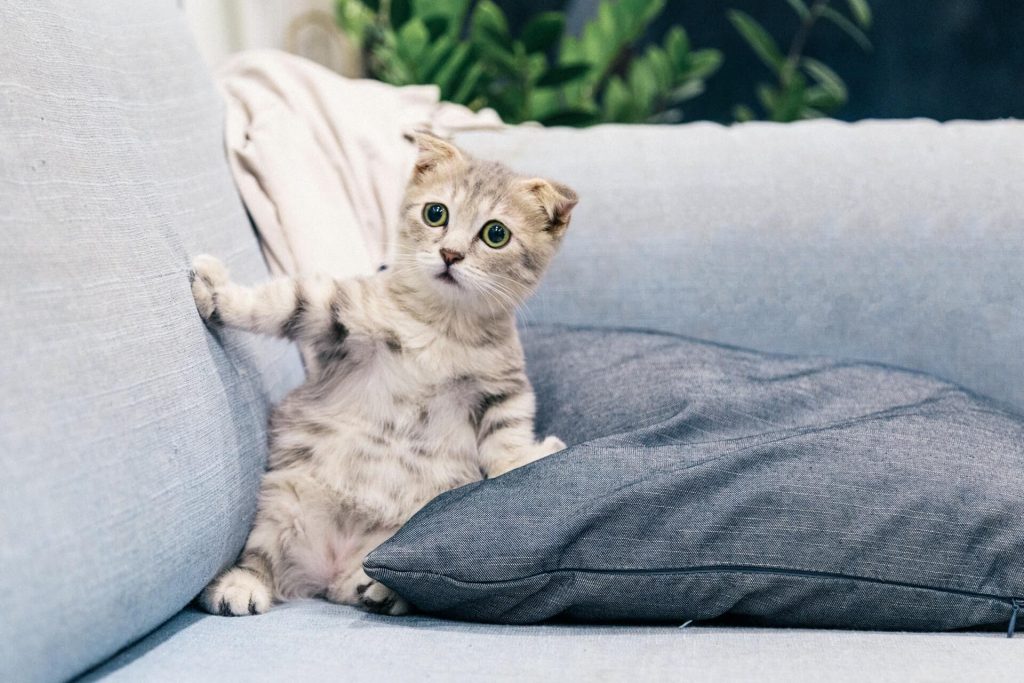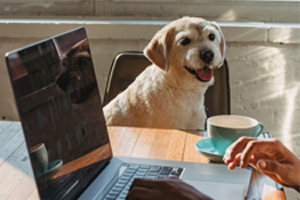Time to read: 8 mins
Crates are a great tool to help train your puppy, provided they are used correctly. They can help with toilet training and ensuring your house is not chewed up while you sleep. They can also be used as a safe and quiet place for your puppy to go when they are feeling scared or overwhelmed.
Let’s see how you can get your puppy comfortable in their new crate.
1. Starting with the crate
It is important that you choose the right sized crate. The perfect crate needs to be big enough for your pet to be able to sit, stand, turn around and be fully stretched out. There should be enough space to have an area with a bed and one without a bed where you can put all of the extras such as food and water bowls, toys and snacks.
Start crate training as soon as possible, even before your pet comes into your home. If you have the crate fully set up before your pet arrives home they will think it is a regular part of their home life.
2. Create a positive experience
Treats are a great way to help your puppy think positively about their crate. Start slowly by putting treats at the door and moving them further into the crate as your pet gets comfortable with it. When your pet is not looking put a handful of treats all over the crate so as they explore, they are continuously discovering treats. When your puppy is going in and out of the crate with ease you can step it up a notch and close the door.
Once you’ve closed the door stay in the room to keep your pet company. While your puppy is in their crate with a closed door start this routine:
- Open the door
- Give your dog a treat
- Close the door again
Repeat this process a couple of times so your puppy gets used to the sound of the door being closed and associates it with the positive feeling of treats. This will also get your puppy used to being shut in their crate as well as get them used to spending time in their crate generally.
You do not only have to bribe your pet with treats you can use their toys too. While you are playing with your puppy, throw their toys in the crate so they associate it with fun playtime.
In order for the crate to be a positive experience it should never be used as a form of punishment.
3. Slow and steady
This will not be a smooth process and you do not want to force it. The crate should be your puppy’s safe place and not something they dread. It is best to start the training when your puppy is tired and wanting to nap as this is when they are at their most calm.
Gradually increase the amount of time your pet is left in their crate. Start off with a couple of minutes while you are in the same room as them. Let them see you but try not to interact. Progress this from here so you are further away for extended periods of time until your pet is comfortable alone in their crate.
4. Signs of a bad time
When your puppy or dog is showing signs of distress they are having a negative experience. These signs can come in the form of scratching at the crate, crying or whining. If this continues, they will associate these negative emotions with being in their crate. The best response to this behaviour is to calm with down by doing the least possible. This could be coming back into the room or talking to them. Try to avoid taking them out of the crate and try clam them down instead.
5. Crate training at night
There might be some adjustments in the first few weeks while your puppy gets settled in. Everyone has a different opinion of where they want to keep their crate. There is no right or wrong, it is what suits you and your pet best. If you are not planning on keeping the crate in your bedroom, try and sleep in the same room as your pet until they are completely settled. Being young and moving to their forever home, your puppy will likely sleep a lot but try and spend as much time with them as possible. This will ease their comfort during their first few weeks in their crate.
If you feel your puppy regresses or is stuck on one step without making it to the next one, go back a couple of steps and try again. If your dog is not taking to their crate after multiple attempts, try calling your vet or a vet behavioural specialist for advise on how to continue.
Getting a new puppy can be an adjustment with lots to think about. Why not put your mind at ease knowing that your pet is covered with Scratch & Patch. Have a look at our wide range of cover levels to find one that suits you and your pet best.
Related articles
Call the animal behaviouralist








